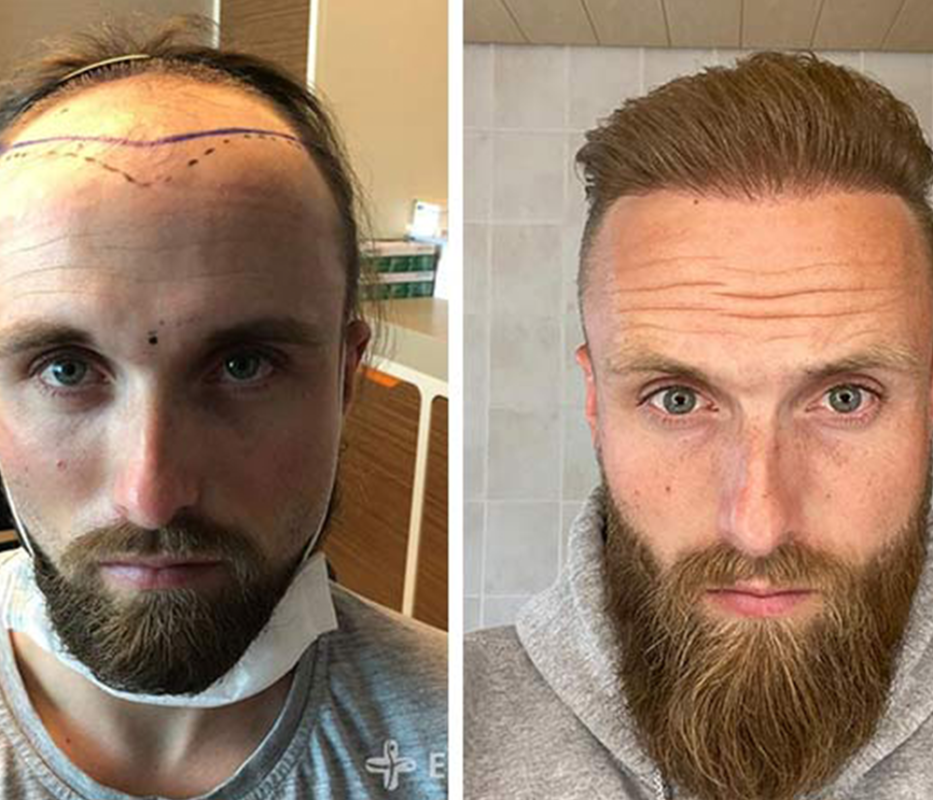Introduction
Millions of people around the world suffer from hair loss or baldness, whether due to genetic factors, health conditions, or psychological stress. With medical and technological advancements, hair transplantation has become one of the most effective and long-lasting solutions to restore a natural appearance and boost self-confidence.
What is Hair Transplantation?
Hair transplantation is a medical procedure in which hair follicles are redistributed from areas with dense growth (usually the back of the scalp) to areas affected by thinning or baldness. The process uses precise techniques to ensure natural-looking results.
Types and Techniques of Hair Transplant
-
FUT (Follicular Unit Transplantation)
A strip of scalp with healthy hair follicles is removed, then dissected and transplanted into the thinning areas. It’s a traditional but still effective method. -
FUE (Follicular Unit Extraction)
Individual follicles are extracted directly from the donor area and implanted into the target areas. It’s more modern and leaves minimal scarring. -
Advanced Techniques (like DHI and Sapphire FUE)
These methods use specialized tools to improve precision, reduce swelling, and speed up healing, offering more natural and quicker results.
Who is a Good Candidate for Hair Transplant?
-
Individuals with genetic or permanent hair loss.
-
Those with a healthy donor area.
-
People without serious chronic health issues.
-
Individuals with realistic expectations regarding the outcome.
Hair Transplant Procedure Stages
-
Assessment and Planning
Includes a medical evaluation, scalp examination, and determining the number of grafts needed. -
The Procedure
Performed under local anesthesia, lasting 4–8 hours depending on the graft count. -
Recovery Phase
Initially, the transplanted hair may shed within the first month, followed by gradual regrowth over 6–12 months.
Benefits of Hair Transplant
-
Permanent and natural-looking results.
-
Improved appearance and self-confidence.
-
Hair can be styled naturally.
-
Safe when done by qualified professionals.
Possible Side Effects
-
Mild swelling or redness.
-
Itching or flaking of the scalp.
-
Temporary uneven hair growth in the first months.
-
Rarely, folliculitis or localized infection.
Post-Transplant Care Tips
-
Avoid washing hair in the first 3 days.
-
Stay out of direct sunlight and avoid strenuous activity for two weeks.
-
Follow all medical instructions carefully.
-
Be patient—final results take 6 to 12 months to appear.
Conclusion
Hair transplantation is no longer just a cosmetic option—it’s a practical and effective solution for hair loss and baldness. Thanks to advanced techniques and experienced clinics, results today are more natural and reliable than ever. Choosing the right doctor and following aftercare instructions are key to achieving the best outcome.

 العربية
العربية
